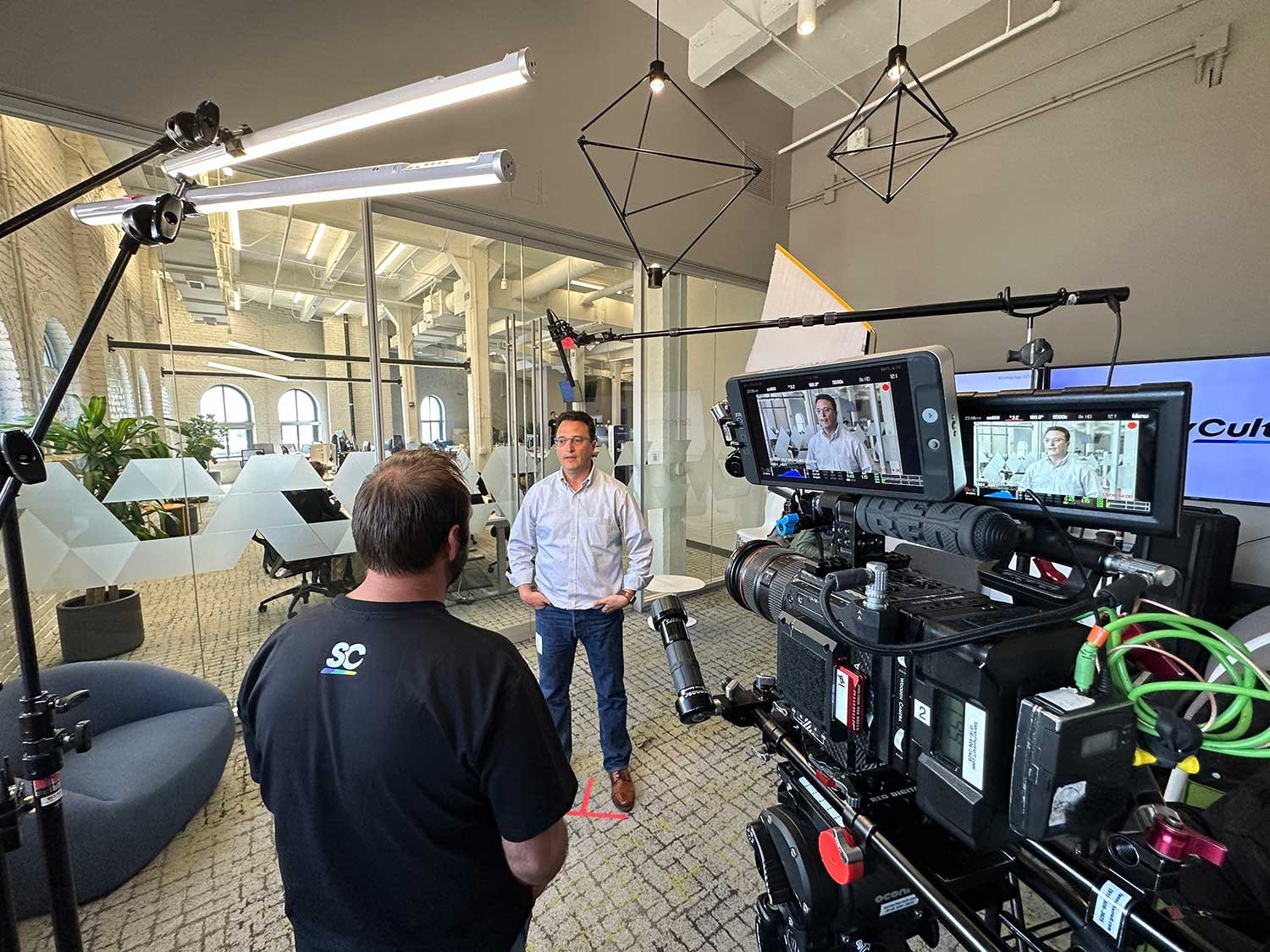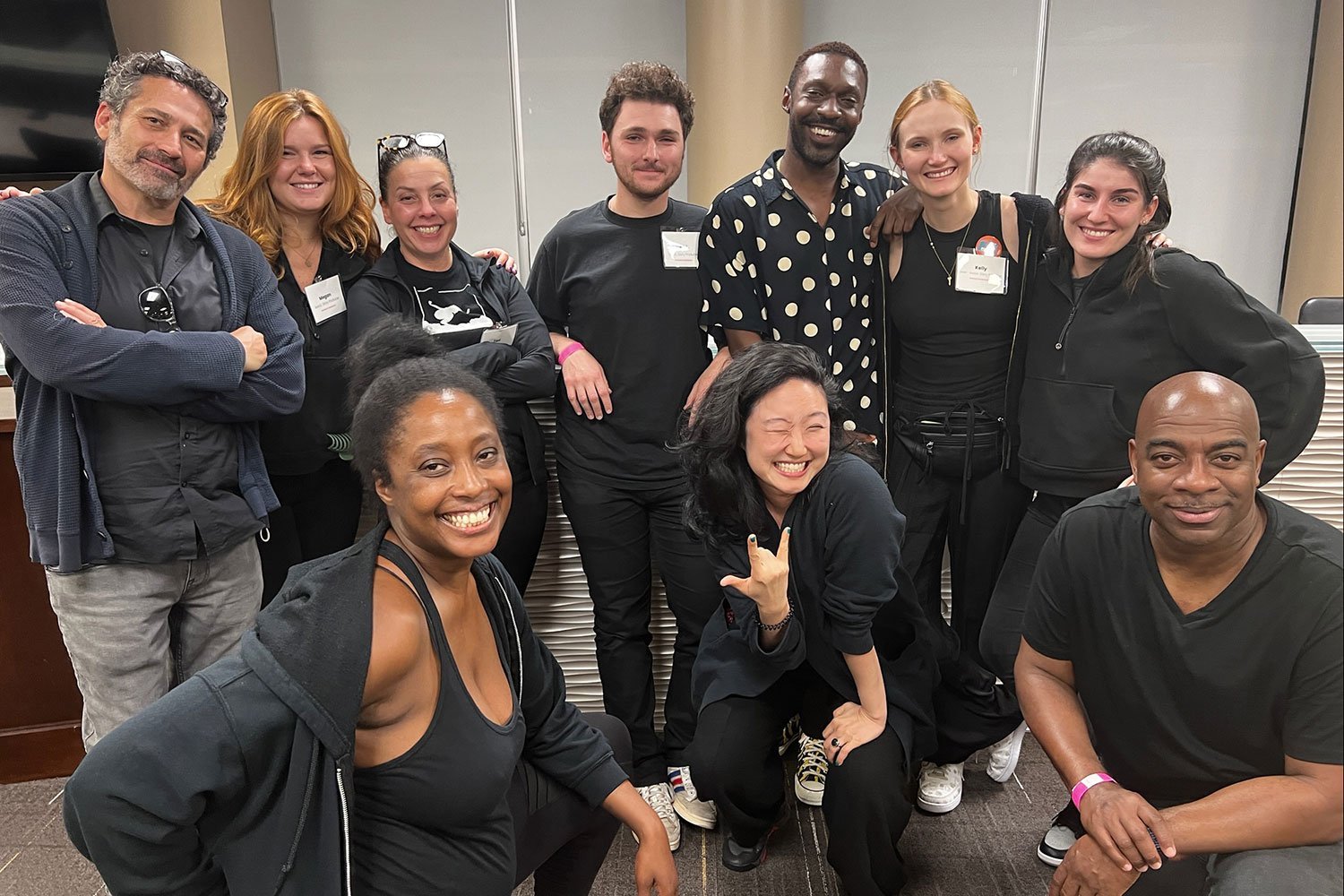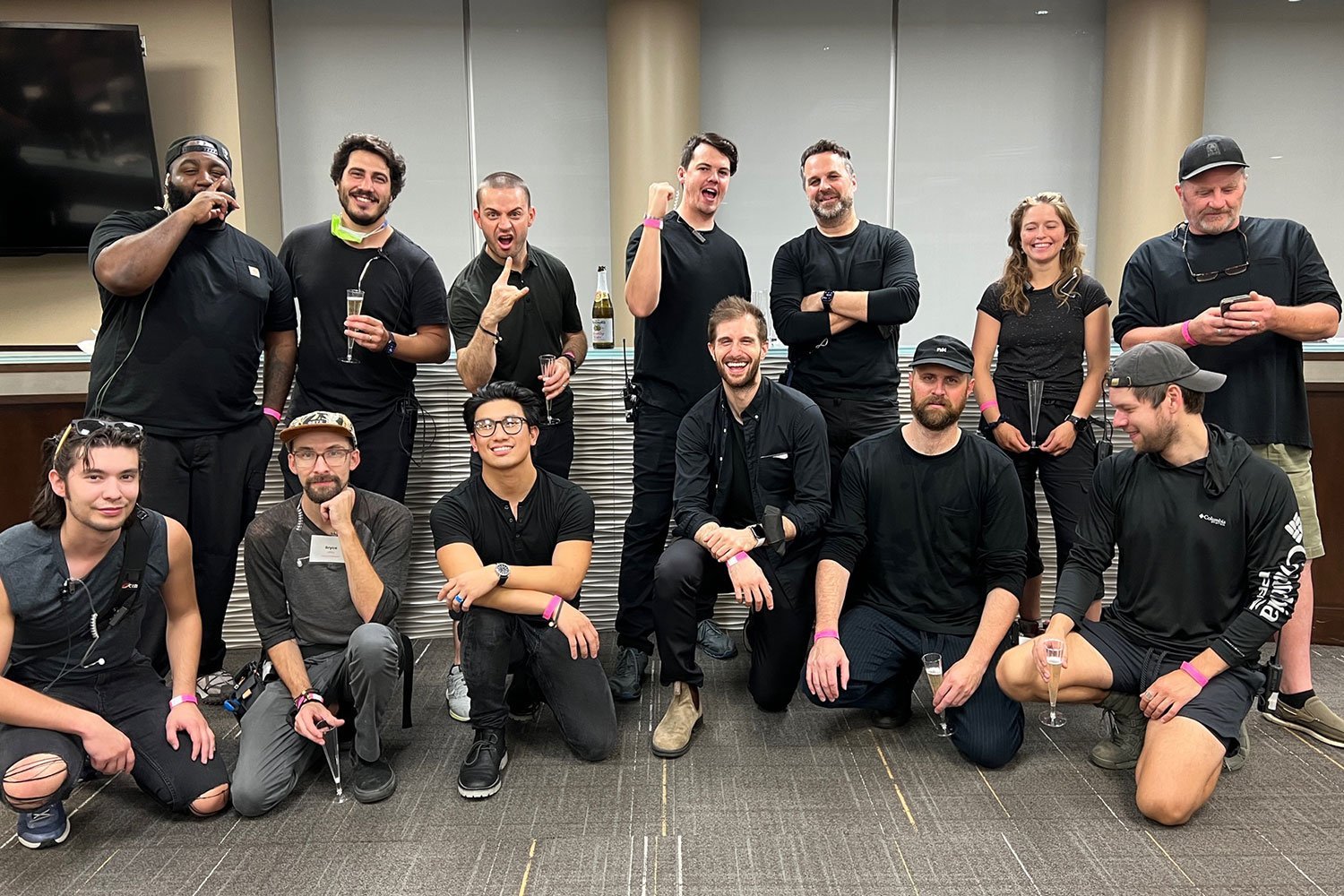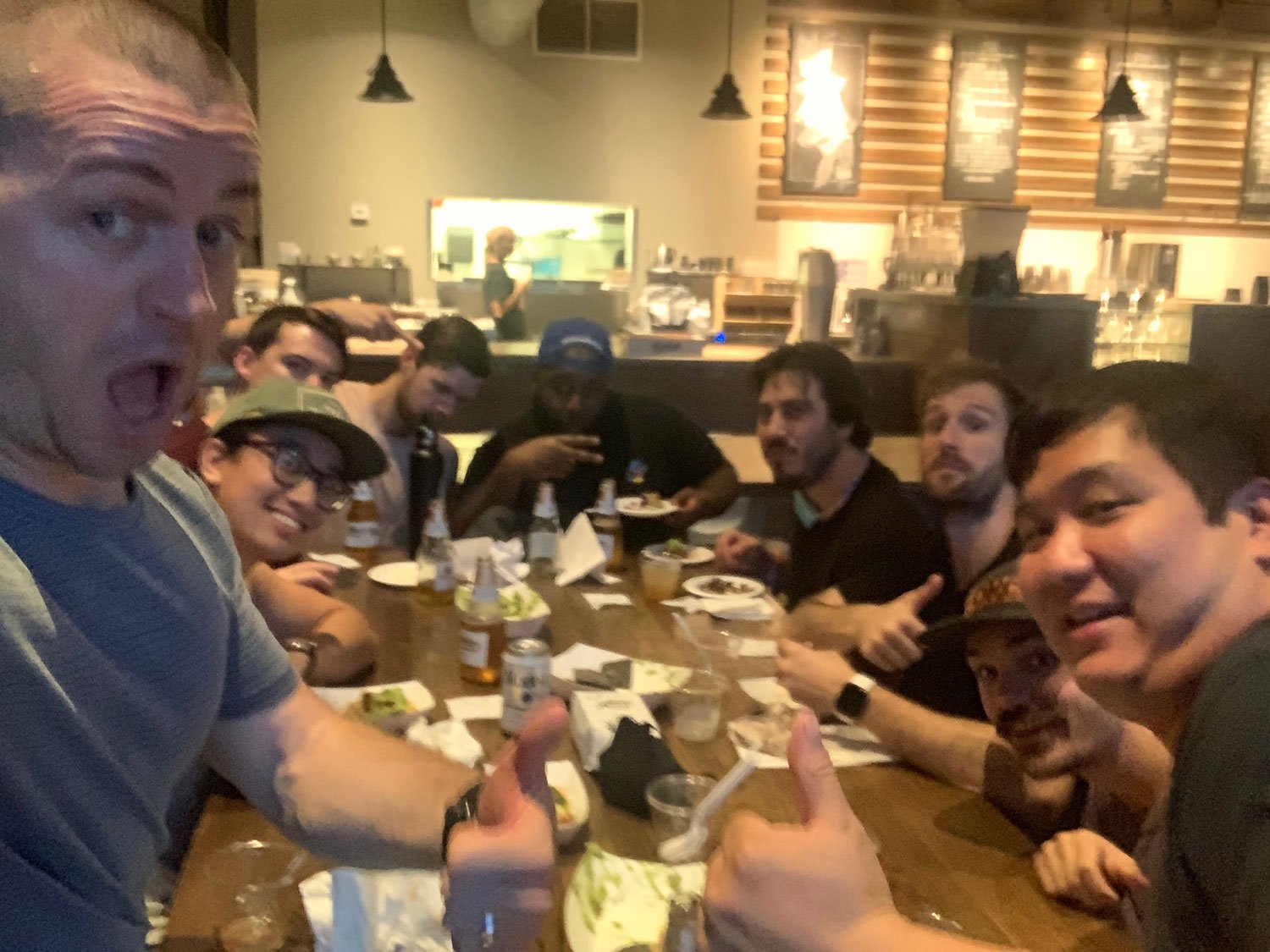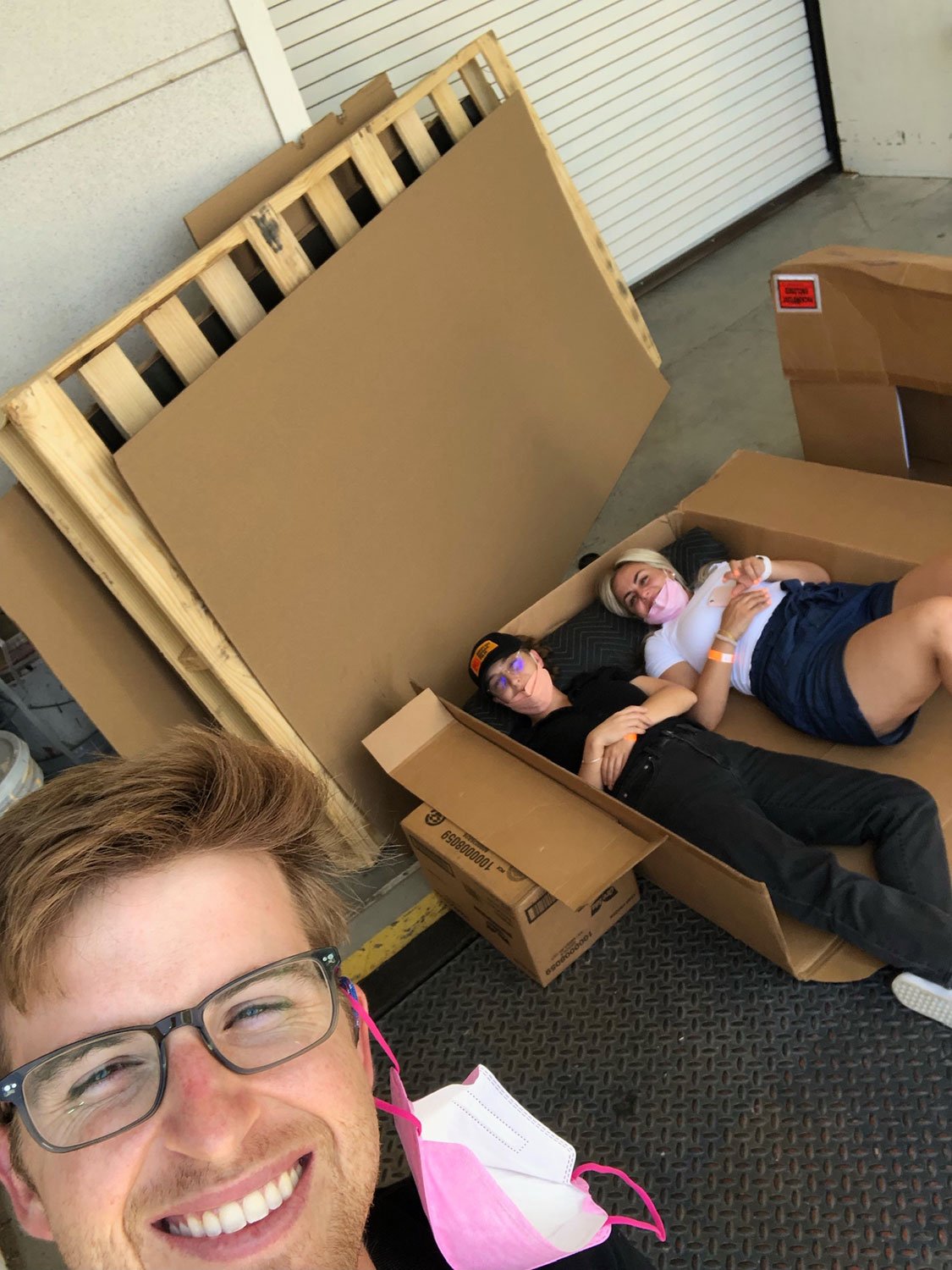The spring semester starts up this week and I'm hoping this blog doesn't go dark again for months at a time. I've already printed out my 15 minute schedule breakdown for next week, but as I'm writing this I'm keeping it under my laptop thinking that'll somehow let me squeeze out the last bit of my winter break.
This past Saturday night St. Anne the Wife and I ditched the kiddos and snuck out to Stillwater, OK, for a screening of the Relentless Ride documentary. The film follows a group of ultra-endurance athletes competing in the 2021 Arkansas High Country Race, a self-supported 1,037-mile bike-packing event in northwest Arkansas.
Back in December 2021 I got to go out to Connecticut with Adam Harbottle from KOMBI Creative to film some interviews and pick-ups with one of the riders in the film, Spencer Ralston. Adam and I got to spend a few days with Spencer and his family and we stayed at their home out in southeast Connecticut. For sure one of the more interesting documentary projects I got to work on that year. Crazy excited for the team behind this film and I wish them the best of luck with the project.
This week I'll be out in Michigan filming a project with an MBA cohort of mine. In addtion to this project, we both start our spring semester this week: Tuesday night I've got a Managerial Accounting class and on Wednesday night she and I both have an Investment class. With it being our first week of the semester, we don't have much due, but I'll for sure be lugging around two big finance textbooks in addition to my production equipment.
This morning I joked with Anne about how I felt like I was with my tribe last night at that documentary screening. I'd assume most of the people there were cyclists, but the film kids fit right in. At the same time, I'm stoked to be getting back to my grad work and nerding out over finance and business related topics. Still no clue as to how all this nonsense will mix together, but I'm here for it.
Besides all this nonsense, I got to read a handful of books over the break that'd been piling up on my nightstand over the fall semester:
I'd started with what I'd thought would be the antidote to a crazy busy semester with Jenny Odell's How to Do Nothing. I'd heard about it awhile back, finally got to read it, but can't say I'd read it again.
Easily my favorite book over the break was Jenny Slate's Little Weirds. It's a collection of essays she's written that convinced me we'd be friends. The opening essay is about how she'd love to be thought of as French – a French woman – but more specifically a Parisian Croissant.
"Let me be your morning treat with your coffee. Disregard the fear that I am too rich to be an ordinary meal... Treasury me for my layers and layers of fragility and richness. Name me after a shape the moon makes. Have me in a hotel while you are on vacation. Look at me and say, "Oh, I really shouldn't," just because you want to have me so very much." - Jenny Slate
Then came The Coddling of the American Mind by Lukianoff and Haidt. A classmate of mine recommended it a few months ago and I'd for sure recommend it myself.
At the moment I'm nearly through reading In the Dust of this Planet by Eugene Thacker. Another one that's been buried in my list of books to read after I'd heard about it on an old Radiolab episode. Kinda surprised how long it took to find, but I snagged a copy from the basement of Strand on a trip to NYC in December. For sure not the typical book I'd read, but dang it's been a wild ride so far.











